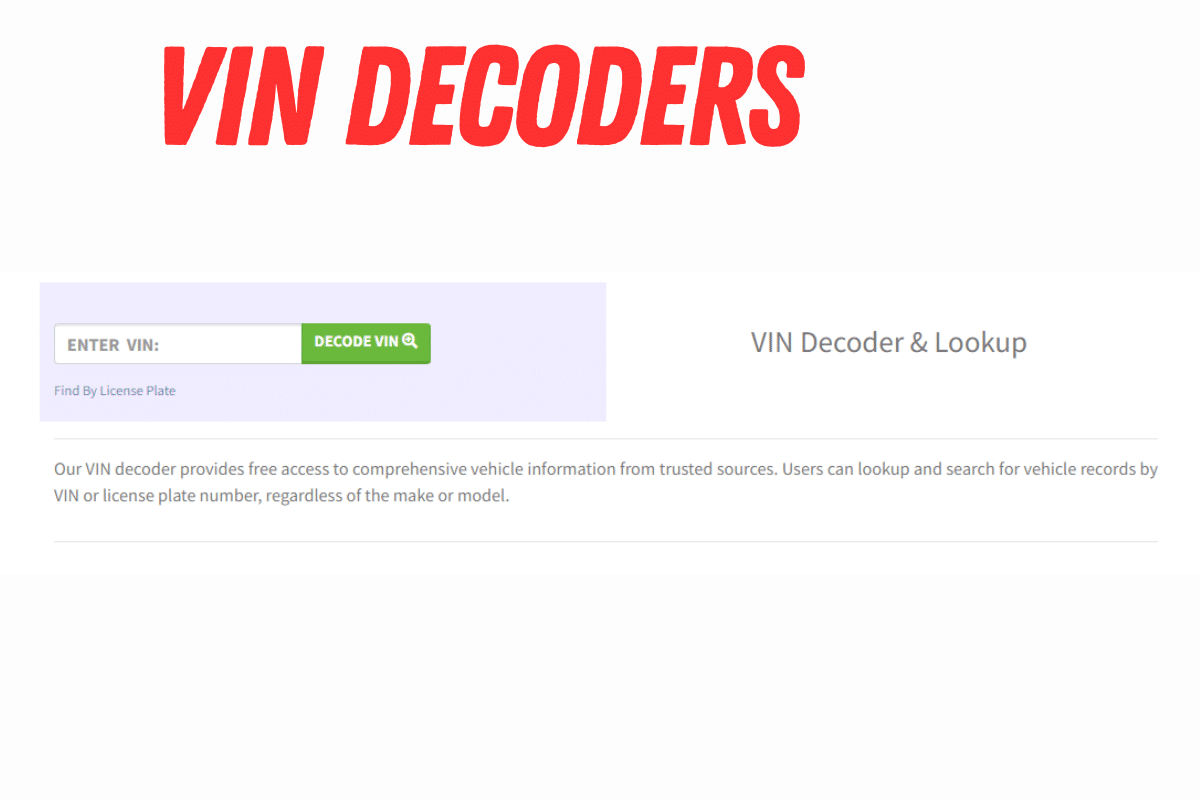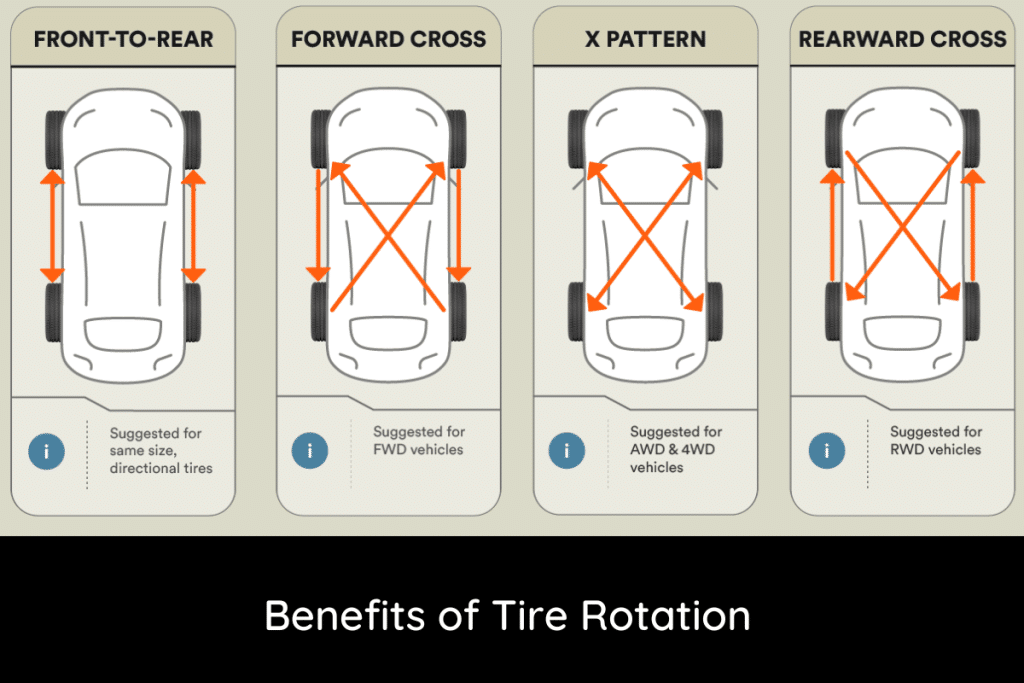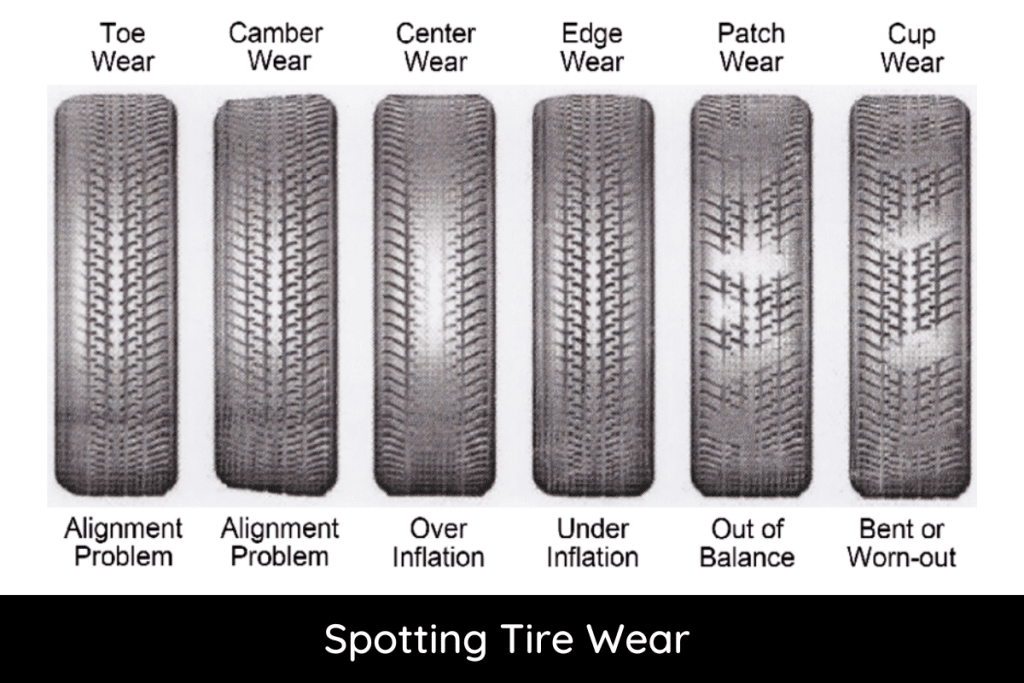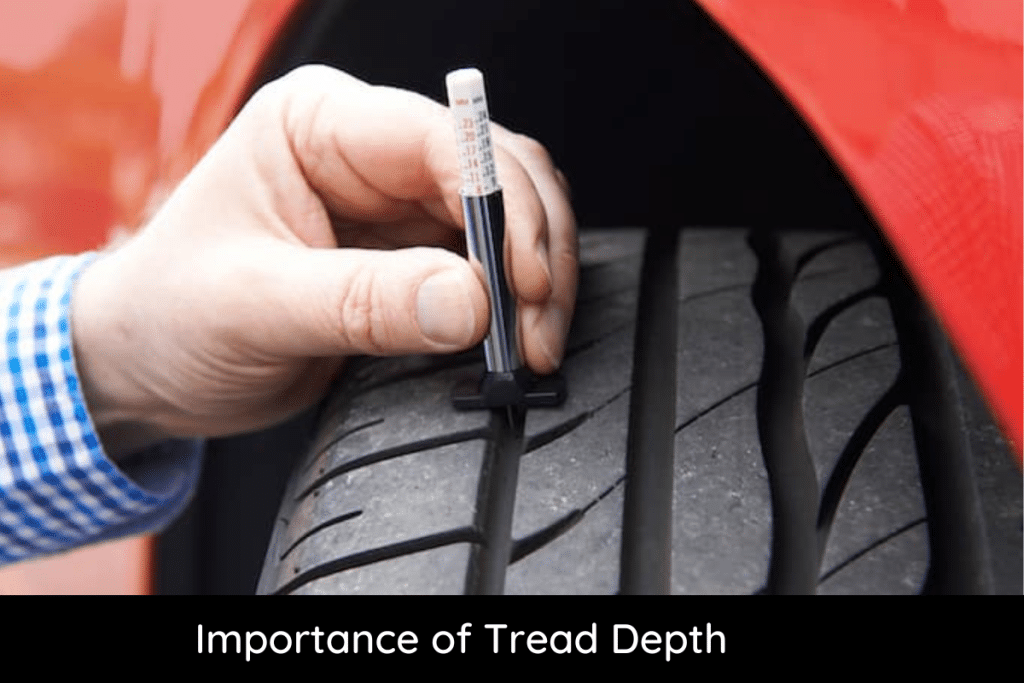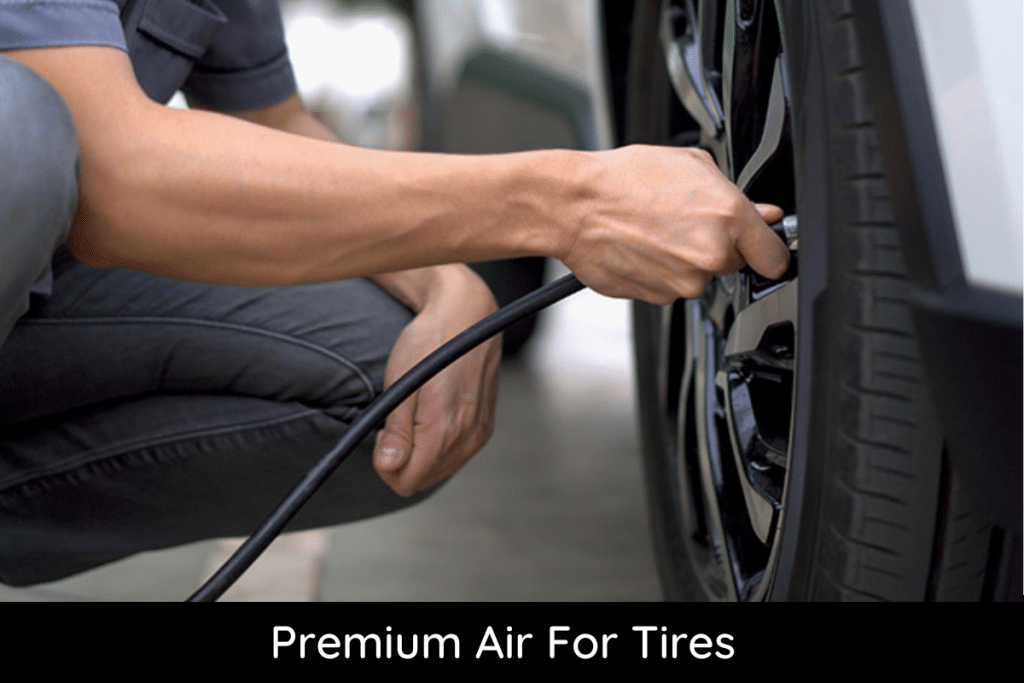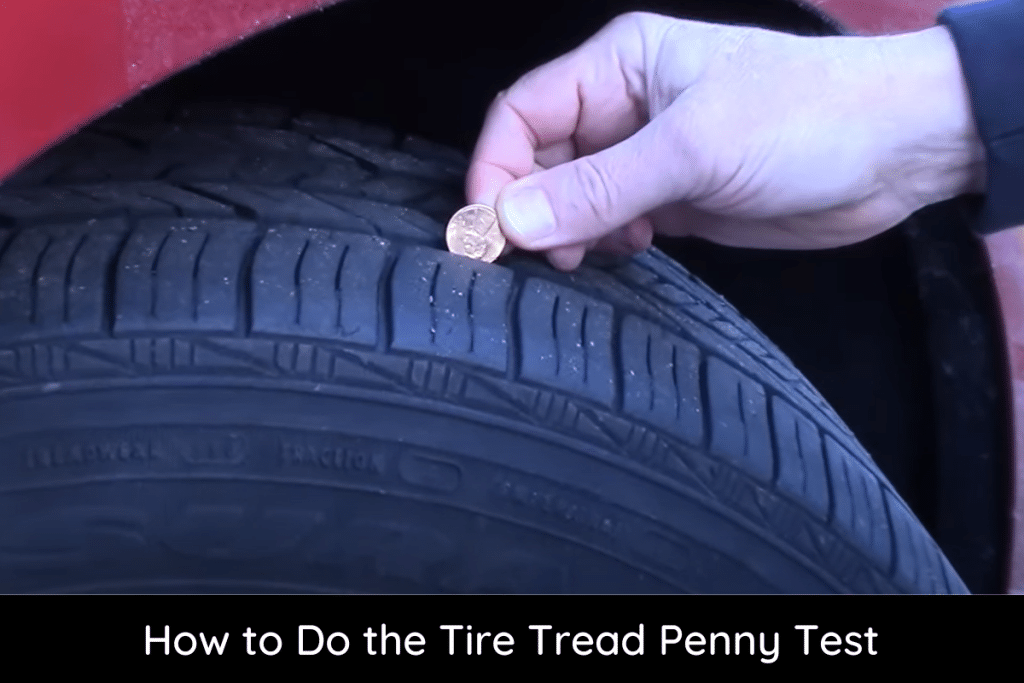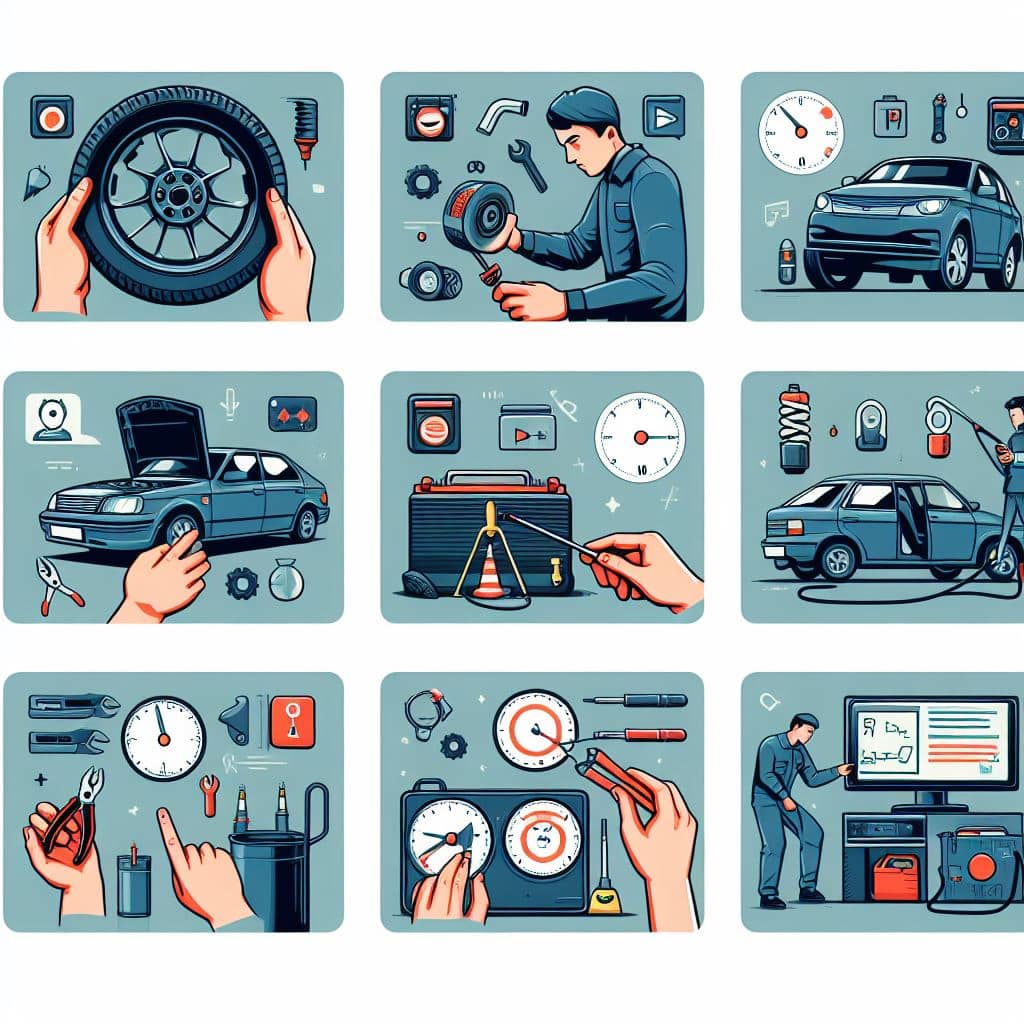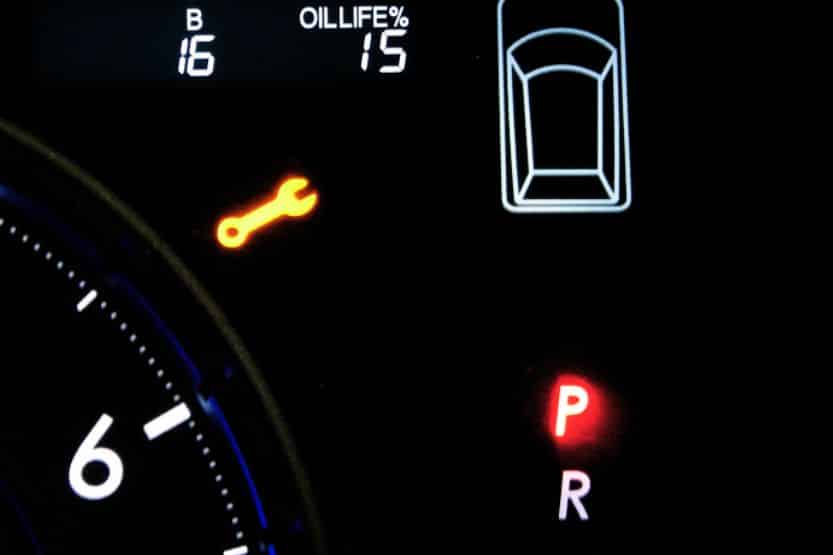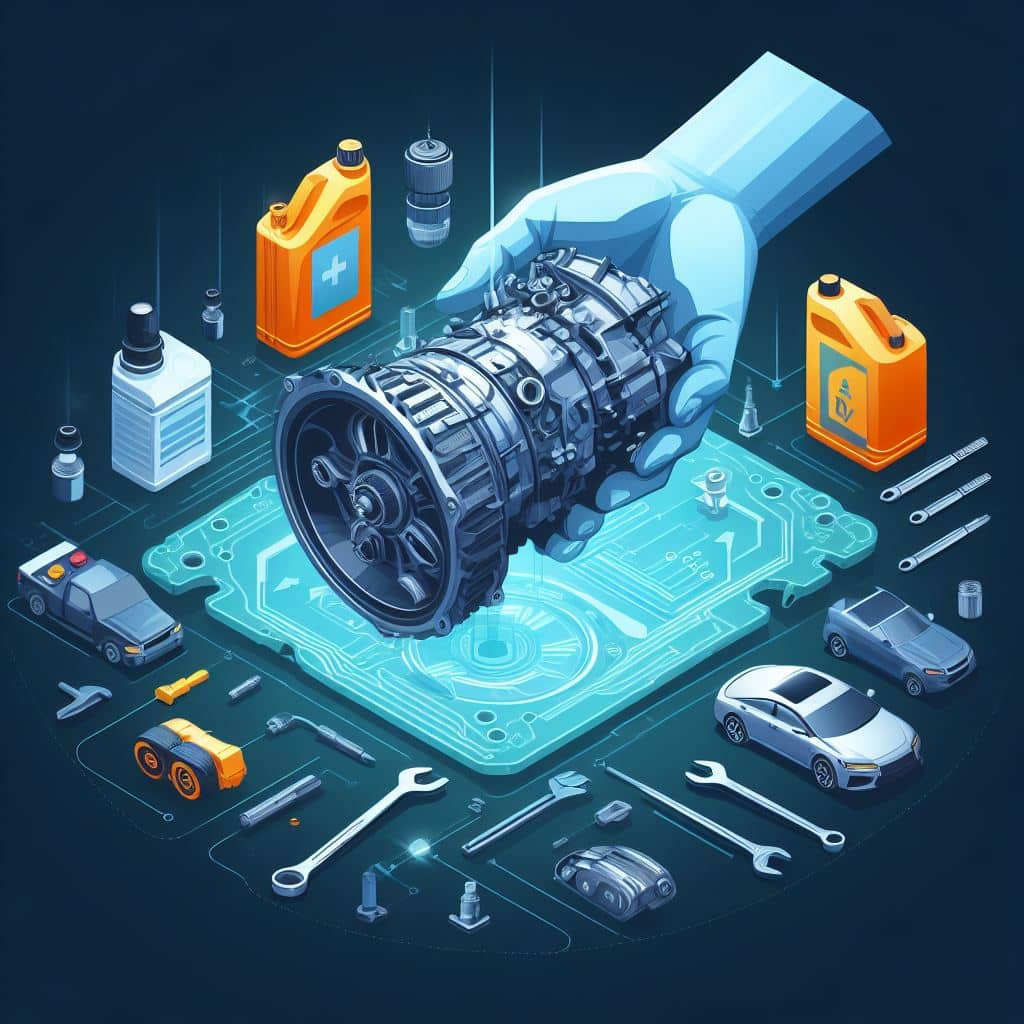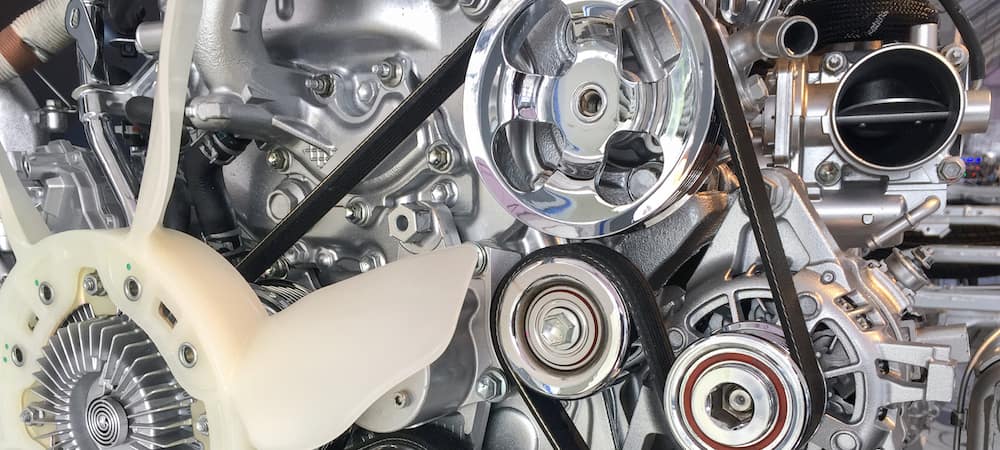If your check engine light comes on after your oil changes, don’t panic! This is a common occurrence, and there’s usually nothing to worry about. Here we will provide some tips on what to do if your check engine light comes on after an oil change.

Too Much Oil
When you replace the engine oil, you must use the proper amount of it. The Check Engine Light will turn on if you overcharge the system. A sluggish engine or some misfiring may also be apparent. Sometimes having too much oil can result in an exhaust that smokes. The oil burning off through the exhaust is what causes this smoke. The worst-case scenario is that the engine won’t even turn on.
The only solution if the oil was overfilled is to take some out. You can drain some of the oil using a suction pump. While some prefer to use the dipstick tube for this task, others will use the cap access point. Do your research first to decide whether a manual or automatic pump will work better for you.
Dipstick Isn’t Seated Correctly
To check the engine’s oil level, a dipstick is required. The dipstick is taken out, cleaned, and then reinserted. The routine oil change includes this procedure as well. The dipstick will fit snugly inside the tube if everything is done correctly. The O-ring in this design makes sure that the system is sealed. However, air can enter the engine through the tube if the dipstick isn’t reinserted precisely.
In addition to causing the Check Engine Light to illuminate, this issue can eventually result in damage to crucial engine components. If you believe the dipstick is positioned incorrectly, you have a quick fix at your disposal.
Check out the dipstick by opening the hood. Make the necessary corrections to get it seated if it isn’t in the tube properly. Ensure that nothing is preventing the stick from fitting into the tube by looking down into it.
Oil Fill Cap Is Installed Incorrectly
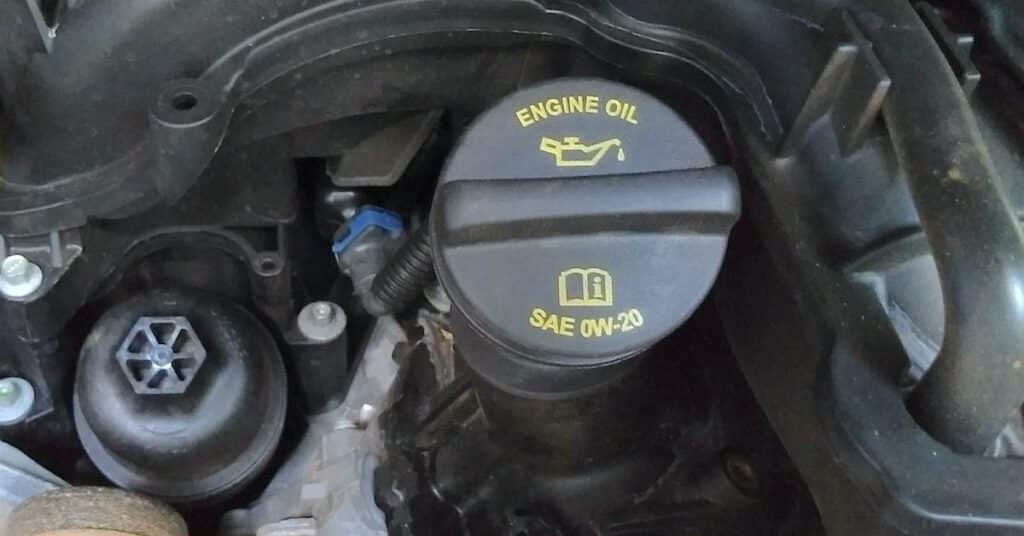
You must pay attention to how the oil fill cap is put back on in addition to checking the dipstick’s location. You might not correctly reinstall the oil fill cap after changing the oil. However, not everyone considers where it should go, just like when reinstalling the gas cap. It is occasionally possible to thread the back on partially or backward.
Either choice will cause the Check Engine Light to illuminate as the system detects an imbalance in the air entering the system. It’s simple to leave the oil filler cap off slightly or in the incorrect position, just like when you put the gas cap on after filling up with fuel. You only need to examine the cap to determine its placement to make this right.
Low Oil Pressure
Low oil pressure won’t result from changing the oil alone. The system could take a moment to realize that there is enough pressure after the change. If this is what happens, it might take some time before the oil pressure gauge reads the new pressures after the oil has been drained and reset.
During this system analysis, the Check Engine Light might momentarily illuminate. You might only need a few minutes to fix the issues if the low oil pressure appears to be the problem. To see if the system determines the pressures on its own, run the engine for a few minutes. The Check Engine Light ought to illuminate as the fresh oil is pumped through the engine. If it doesn’t, something more significant is going on.
If the low oil pressure was only temporary, you might need to use an OBD2 scanner to reset the check engine light, which could turn off the warning light.
Wrong Oil Viscosity
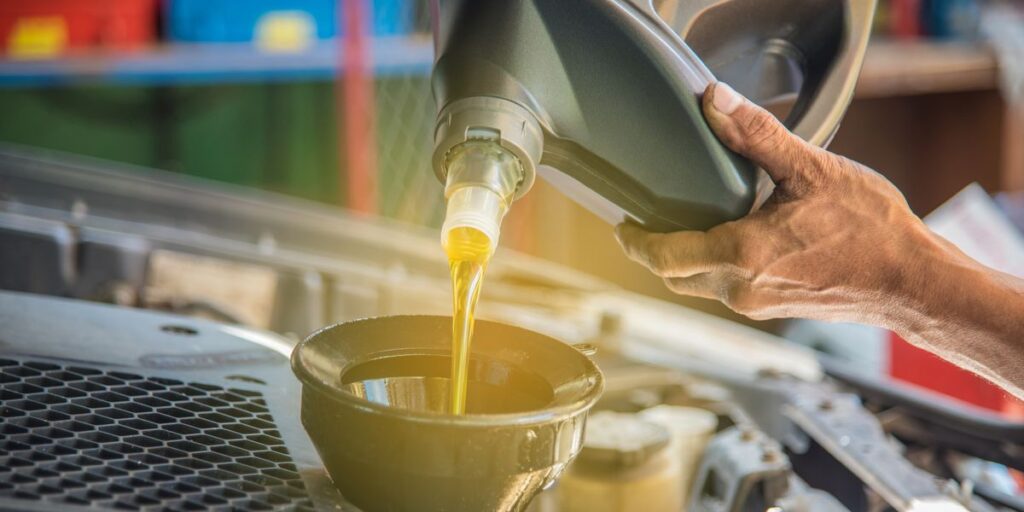
A specific type of oil must be used in every vehicle for the engine to function at its best. Your car could have a lot of problems if you decide to use a different weight or viscosity. The use of 10W-30 when a vehicle requires 5W-30 is one of the most frequent errors. Heat is not transferred properly when oil is too viscous because it doesn’t offer the same level of lubrication. The oil will heat up more quickly as a result of this issue, and your check engine light will turn on.
If you changed your oil with the incorrect viscosity and are still having problems, you may need to perform another oil change. Drain the oil and replace it with the owner’s manual’s suggested oil. You need to change the filter once more along with the oil. The Check Engine Light should go out once that is finished.
Sensor Didn’t Reset
When the sensor is reset during an oil change, the Check Engine Light will turn off if it is on to notify you of the required maintenance. However, not all vehicles have a sensor that can reset itself, and you might still see the Check Engine Light or Service Engine warning if the sensor doesn’t reset.
After an oil change, the Check Engine Light might still be on if the sensor doesn’t turn itself off. However, you can manually reset this sensor. Get your code scanner and plug it in under the dashboard on the driver’s side to get started. Start the device, then check for error codes. You can use your scanner to clear the codes if they don’t indicate any other issues.
After that is finished, restarting the car should cause the light to go out. Test-drive the vehicle to make sure the light is still off. If it returns, it’s time to have a technician examine the system to determine what’s wrong.
Can Too Much Oil Cause Check Engine Light?
If you check the oil level and it’s too high, this can cause the check engine light to come on. When there’s too much oil in the system, it can cause a problem.
It’s best to check your owner’s manual to see how much oil your car needs. You can also check the dipstick to see if the oil is at the correct level. If it’s not, you’ll need to remove some of the oil from the system.
Will Check Engine Light Reset Itself?
In some cases, the check engine light will reset itself. However, in other cases, you might need to manually reset the light.
You can use a code scanner to check for error codes and clear them if necessary. Once you’ve done that, restart the car and see if the check engine light is still on. If it is, you’ll need to take it to a mechanic to have it checked out.
Is It Safe To Drive With Check Engine Light On?
It’s not safe to drive with the check engine light on. If you see the light, you should take the car to a mechanic to have it checked out.
The check engine light can indicate a variety of different problems. Some of these problems might be minor, while others could be more serious. It’s best to get the car checked out as soon as possible so that you can fix any issues that might be present.

